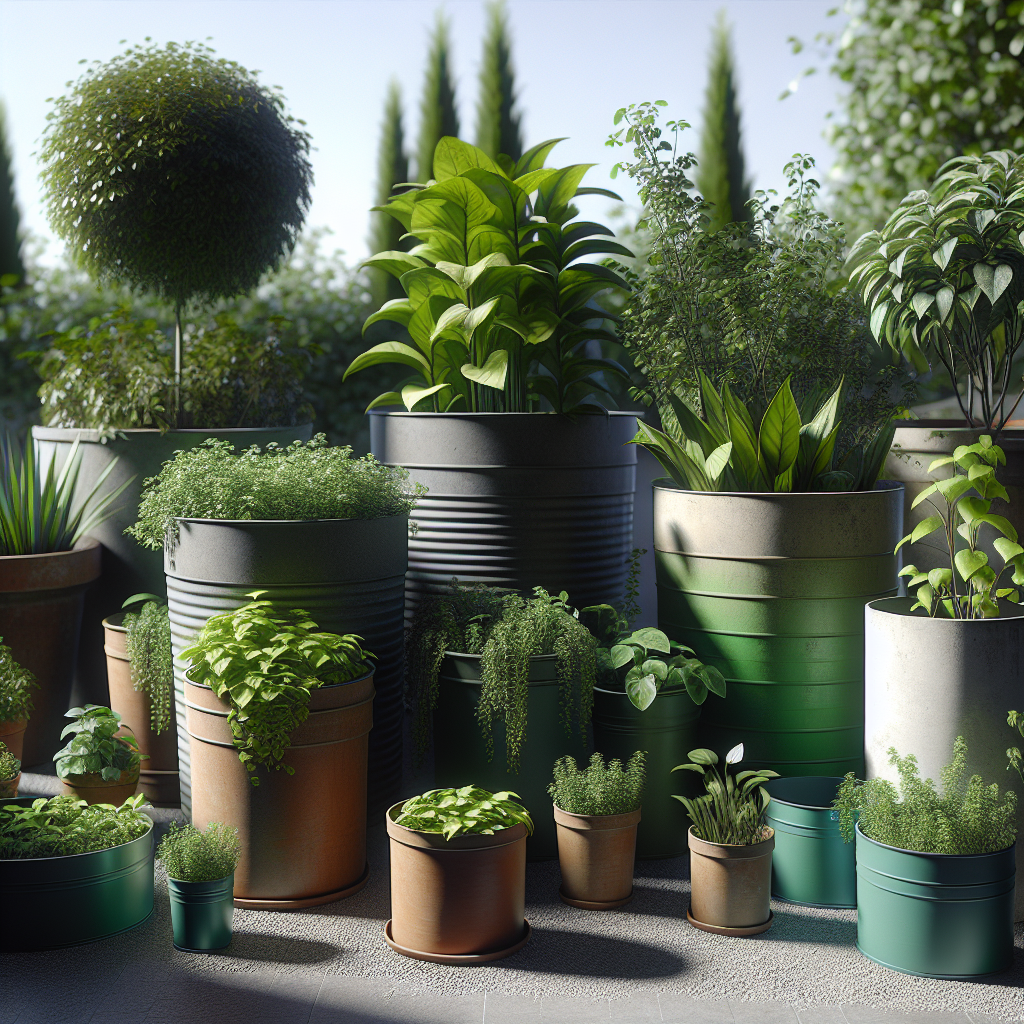Table of Contents
The impact of container depth on plant health and growth is a crucial factor to consider when cultivating a successful garden or indoor plant collection. The depth of the container in which a plant is grown can determine the health, vigor, and overall growth potential of the plant. Whether you are an experienced gardener or just starting out, understanding how container depth affects plant health can help you achieve better results with your plants.
In this article, we will explore the various ways in which container depth can influence plant health and growth. From root development to water retention, we will delve into the science behind why container depth matters and provide practical tips for ensuring your plants thrive in their containers. By the end of this article, you will have a better understanding of how to select the right containers for your plants based on their specific needs.
The Importance of Container Depth
When it comes to growing plants in containers, the depth of the container plays a significant role in determining the overall health and growth potential of the plant. The roots of a plant need adequate space to grow and develop properly, which is why selecting an appropriately sized container is essential for optimal plant growth.
Root Development
One of the primary reasons why container depth is important for plant health is because it directly impacts root development. The roots are responsible for absorbing nutrients and water from the soil, as well as providing stability to the plant. If a container is too shallow, it can restrict root growth and lead to stunted or unhealthy plants.
Water Retention
The depth of a container also plays a role in water retention. Deeper containers have more soil volume, which means they can hold more water than shallower containers. This can be beneficial for plants that require consistent moisture levels, as it reduces the frequency at which they need to be watered.
Aeration
In addition to water retention, container depth also affects aeration levels in the soil. Deeper containers typically have better drainage than shallow ones, allowing excess water to drain away more efficiently. This helps prevent issues such as root rot that can occur when soil becomes waterlogged.
Choosing the Right Container Depth
When selecting containers for your plants, it’s essential to consider their specific needs and growth habits. For example, plants with deep-reaching roots, such as tomatoes or carrots, will benefit from deeper containers that allow room for root development. On the other hand, shallow-rooted plants like herbs or succulents may thrive in shallower containers.
Tips for Maximizing Plant Health with Container Depth
To ensure your plants thrive in their containers, follow these tips:
- Research each plant’s specific root system requirements before choosing a container size.
- Avoid overcrowding by giving each plant enough space to grow without competing with neighboring roots.
- Monitor soil moisture levels regularly and adjust watering frequency based on your plant’s needs.
- Consider using self-watering containers to provide consistent moisture levels while preventing overwatering.
- Rotate your containers periodically to ensure even sunlight exposure on all sides of the plants.
Conclusion
In conclusion, container depth has a significant impact on plant health and growth. By selecting appropriate containers that meet your plant’s specific needs, you can create an environment where they can thrive and flourish. Consider factors such as root development, water retention, and aeration when choosing containers for your plants to ensure they reach their full potential.
Frequently Asked Questions (FAQ)
Q: Can I use any type of container for my plants?
A: It’s important to choose containers that are appropriate for your specific plants’ needs. Research each plant’s requirements before selecting a container type.
Q: How do I know if my plants need larger containers?
A: If your plants are showing signs of stunted growth or becoming root-bound (where roots outgrow their current space), it may be time to repot them into larger containers with adequate depth.
Q: Do all plants require deep containers?
A: No; some plants have shallow root systems and may not require deep containers. Research each plant’s specific needs before selecting an appropriate container depth.
Q: Is there an ideal ratio between pot height and width?
A: While there isn’t one-size-fits-all answer due differences amongs plans species but generally speaking most houseplants prefer pots at least one-third taller than they wide.. Experiment with different ratios based on individual plant requirements until you find what works best!














